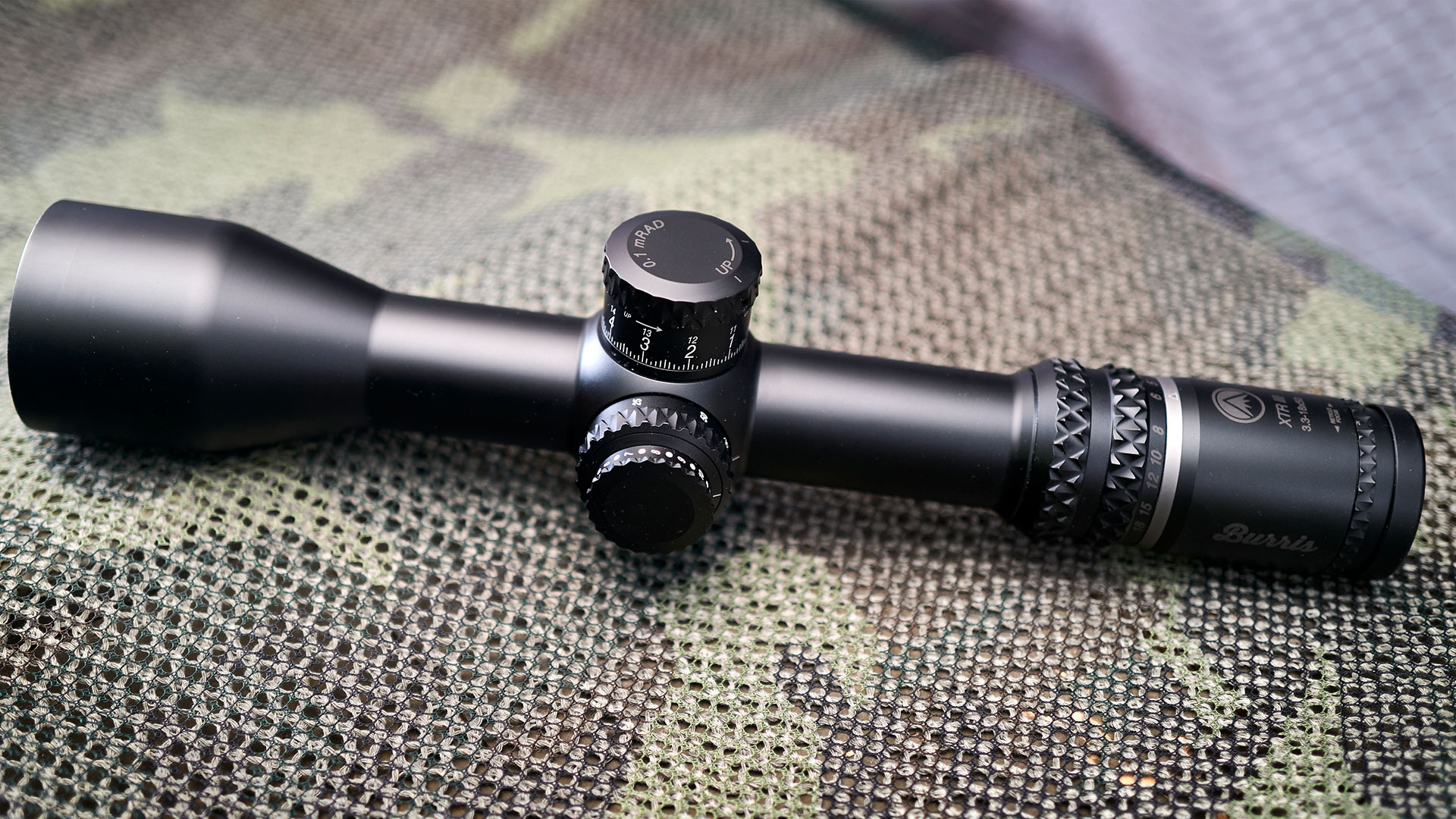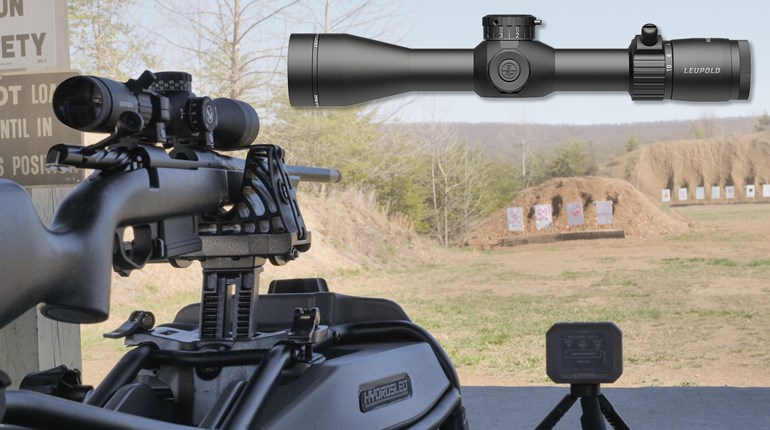
Eyepiece adjustment, aka ocular adjustment, only has one purpose: adapting the scope to your eye. If the scope is not properly set up for your individual vision, the eye will do the adapting instead. Over time (and not that long of a time), this will cause significant eye fatigue and visual acuity degradation. Once your eye is tired, all sorts of fun things happen, and none of them are conducive to aiming well. On top of that, the way your eye reacts to things being slightly out of focus varies somewhat between low light and bright light.
Eyepiece focus adjustment works differently for different types of riflescopes and, most of the time, it is not about the image of the target that the riflescope sees, but rather about the reticle. The one exception to that is the setup of LPVOs (Low Power Variable Optics) that we have covered in the past. With precision oriented FFP (Front Focal Plane) optics that are the subject of this discussion, we go back to focusing on the reticle. In theory, it should be simple: look through the scope and adjust the eyepiece until the reticle looks sharp. Like most theories, though, this one does not entirely translate neatly into practice. The problem is that when left to its own devices, your eye will keep continuously trying to focus on whatever it sees and we have very little, if any, control over that function. If your eyes continuously re-focuses on different things, i.e. objects that are close and far, that's a healthy thing. What we are trying to avoid is forcing it to focus on something at an unnatural distance and sit there under continuous strain. What constitutes an unnatural distance in this case? Essentially anything that looks like it is not far away. Our eye is at its most relaxed when it is looking at something distant (you can imagine what staring at your phone or computer continuously does to you, but that's a discussion for another day).
The way to prevent your eye from straining is to look at something distant for a few moments and then glance through the scope. The reticle should be immediately sharp without your eye taking a moment to bring it into focus. In order for that to work, the reticle should be the only thing you see, i.e. whatever the riflescope is pointing at should be something uniform and light colored. That way, the reticle stands out and you can immediately tell if it is in focus or if your eye has to adjust. Sounds simple in principle, but in practice, during the day, when your eye pupil is very small, the eye adjusts so rapidly that it is hard to tell whether the focus is perfect or not. In order to work around that, there are a couple of things we can do.
 The first thing to do is to not make your adjustments on the highest magnification. In an FFP scope, the reticle zooms in and out together with the image as you change magnification. That means the real size of the reticle always stays the same, but its apparent size changes. On the highest magnification, the reticle usually looks quite bold, so it is hard to tell whether it is perfectly focused or not. It is almost too visible to tell. If you lower the magnification to a setting where the reticle is clearly visible, but thin, you will have much better luck seeing the defocus. For example, I continuously receive new riflescopes for review, so I keep track of the magnification where I do the scope adjustment. With Burris XTR3i 3.3-18x50 I use, I ended up setting up the ocular when the magnification is on 6x. That gave me just enough reticle thickness to see it clearly, but not easily.
The first thing to do is to not make your adjustments on the highest magnification. In an FFP scope, the reticle zooms in and out together with the image as you change magnification. That means the real size of the reticle always stays the same, but its apparent size changes. On the highest magnification, the reticle usually looks quite bold, so it is hard to tell whether it is perfectly focused or not. It is almost too visible to tell. If you lower the magnification to a setting where the reticle is clearly visible, but thin, you will have much better luck seeing the defocus. For example, I continuously receive new riflescopes for review, so I keep track of the magnification where I do the scope adjustment. With Burris XTR3i 3.3-18x50 I use, I ended up setting up the ocular when the magnification is on 6x. That gave me just enough reticle thickness to see it clearly, but not easily.
For similar reasons, you should be doing this when your eye is somewhat dilated, but not fully night adapted. Something along the lines of dusk conditions is about right. Simply being indoors is often sufficient. When your eye pupil is a little dilated, the eye has less depth of field making it easier to tell what is in focus and what is not. Also, with a dilated pupil, the eye re-focuses slower.
One final thing to note is that ocular adjustment only adjusts the ocular, i.e. the eyepiece. In FFP scopes, both the ocular and the erector are between your eye and the physical reticle. That means that in some designs, when you change magnification, reticle focus can shift a little bit. Once you are done with the ocular adjustment on whatever magnification is most appropriate, note the eyepiece setting and check to see if it is suitable across the magnification range. Most of the time, it is, but that can vary. If you have to change the ocular setting significantly between different magnifications, you may want to talk to the manufacturer about warranty support.





































